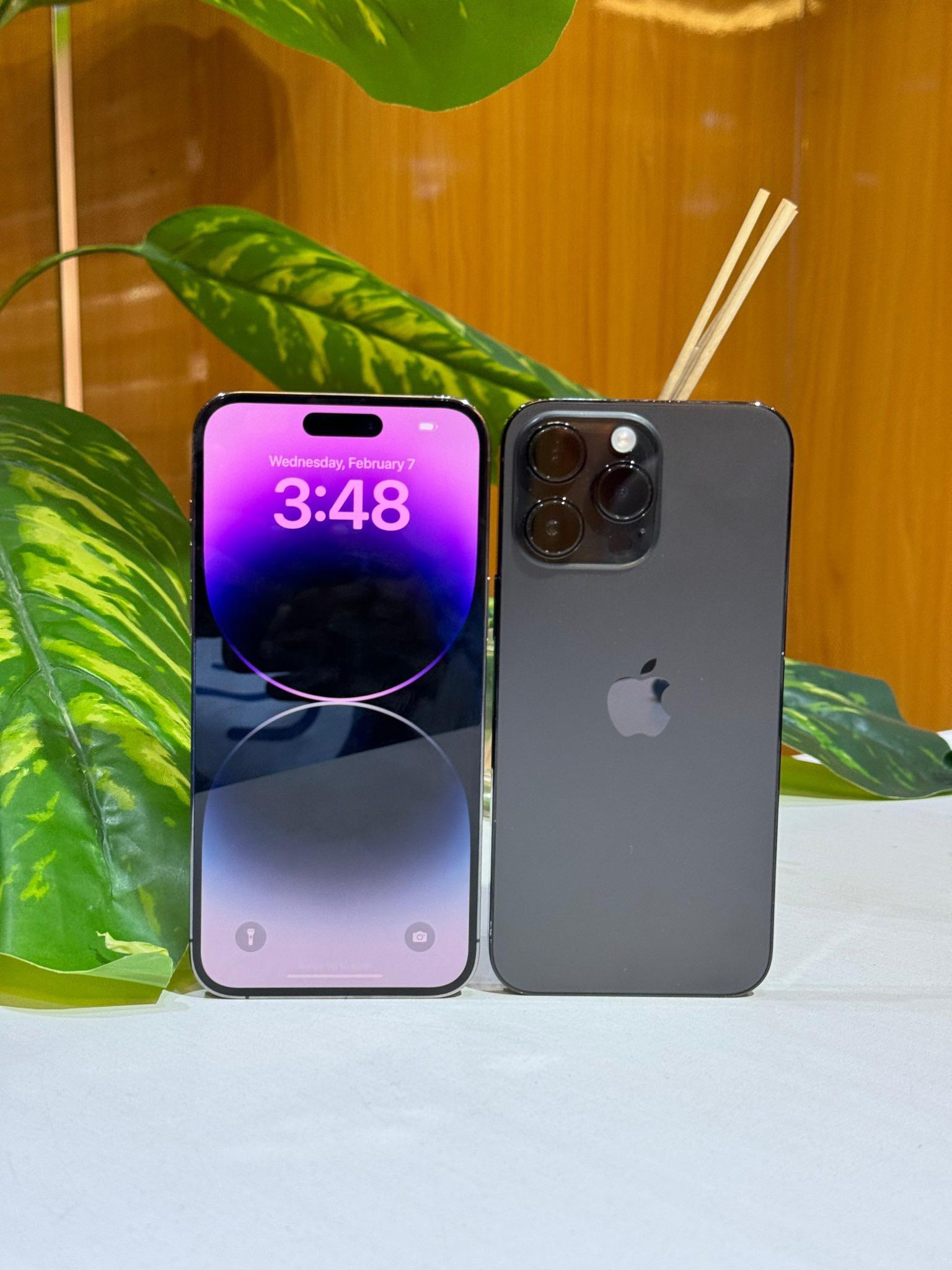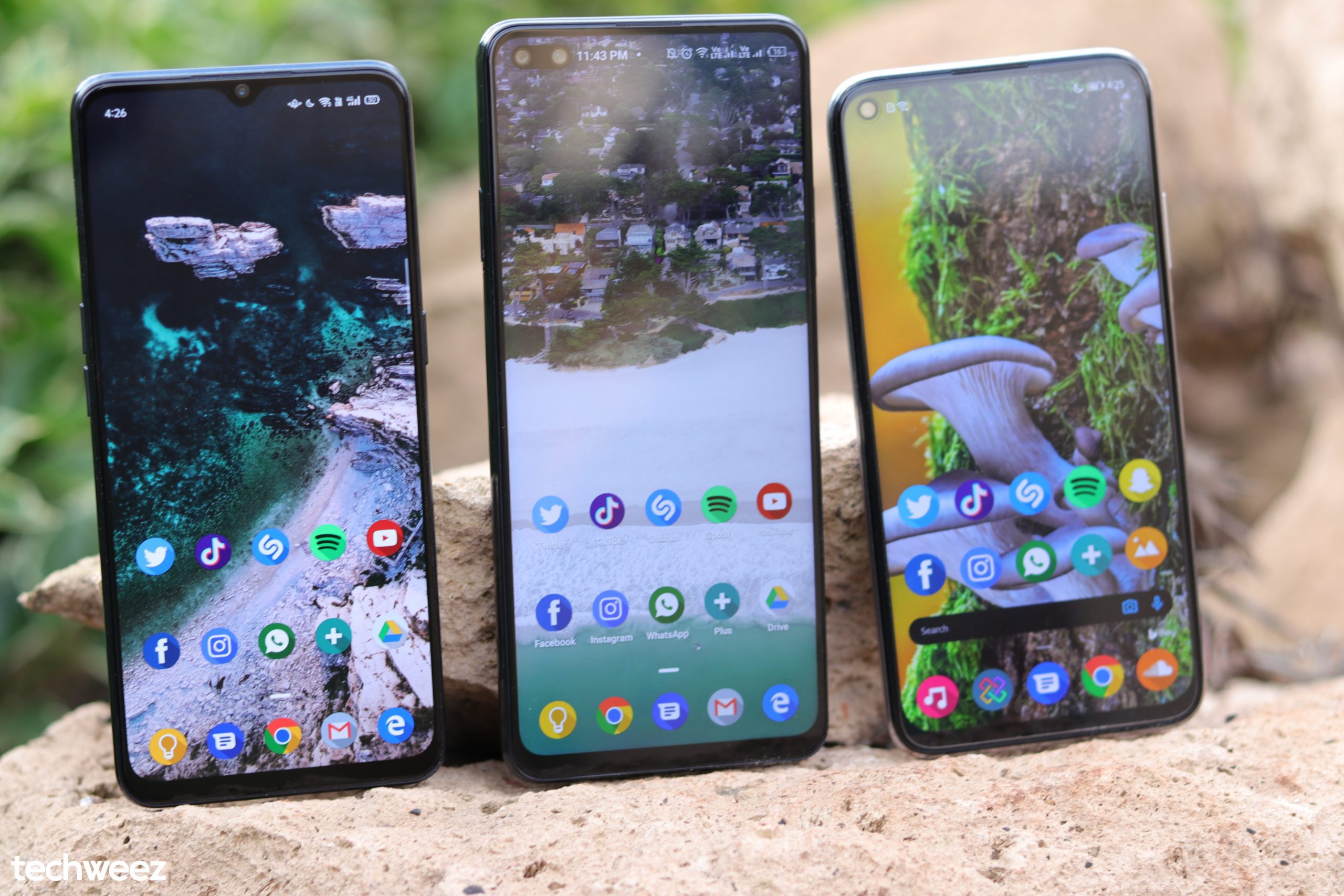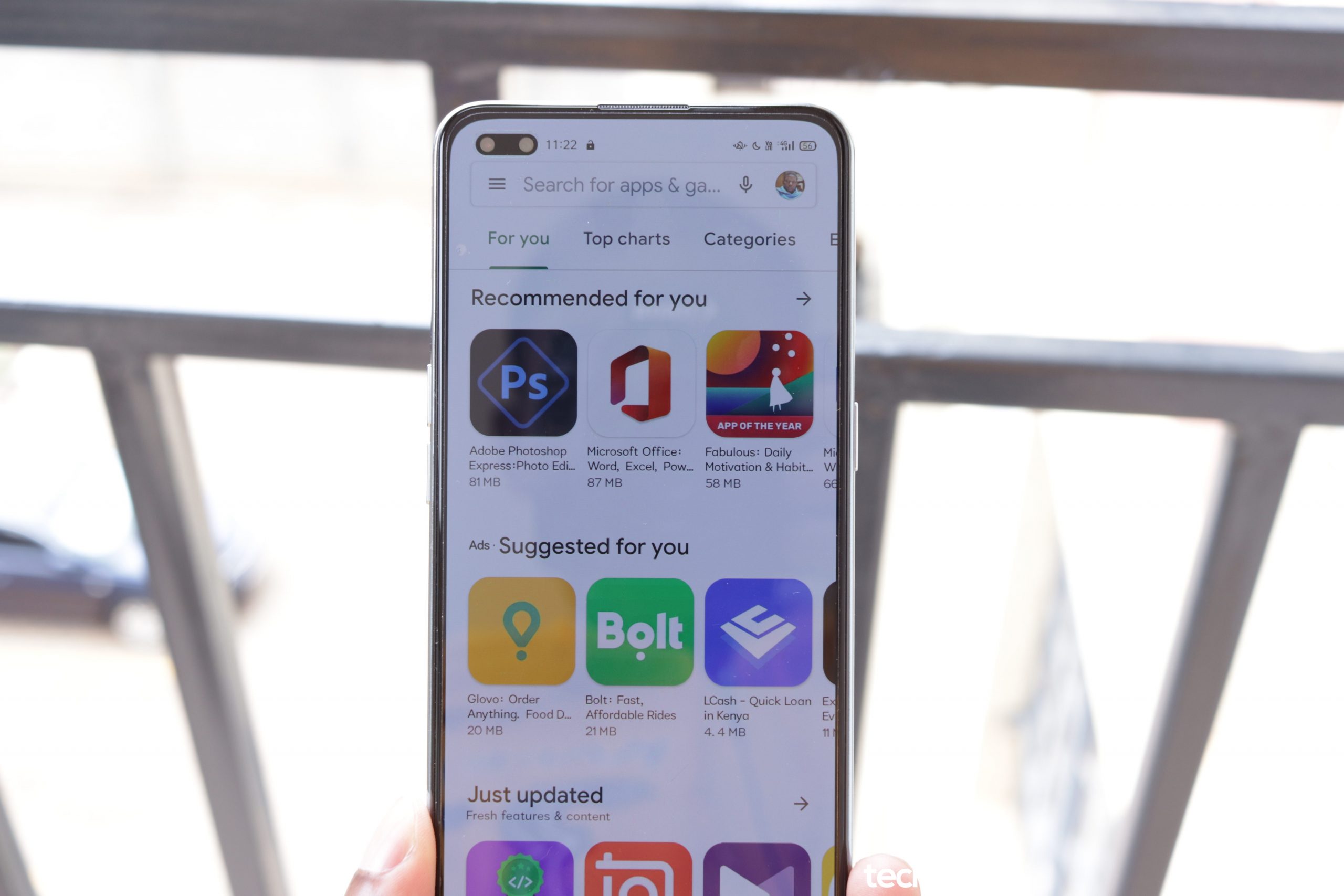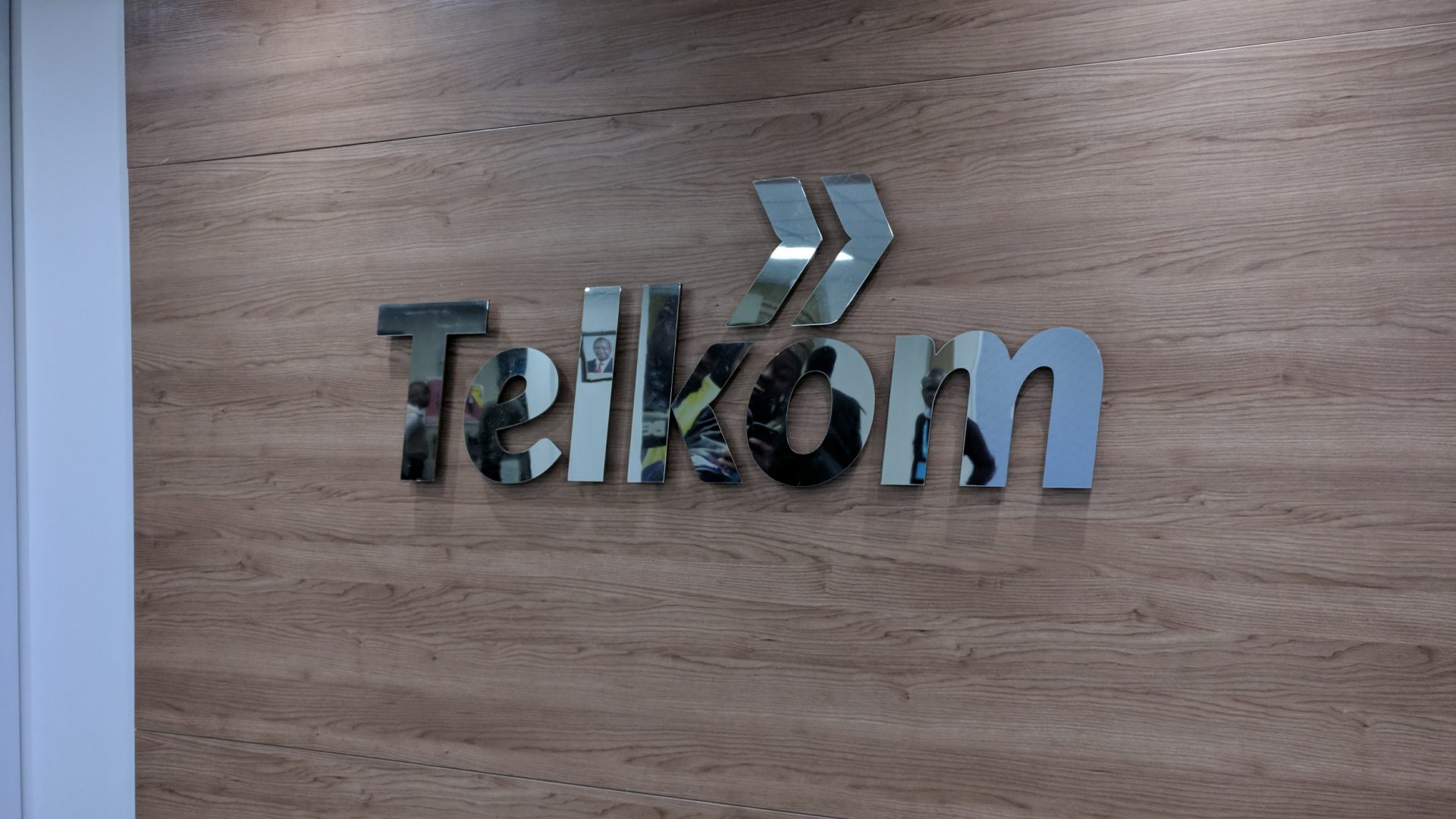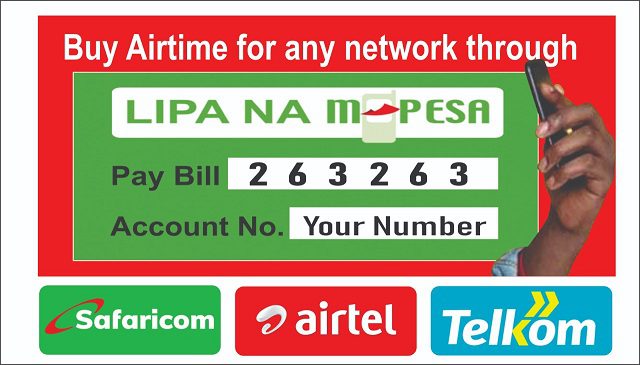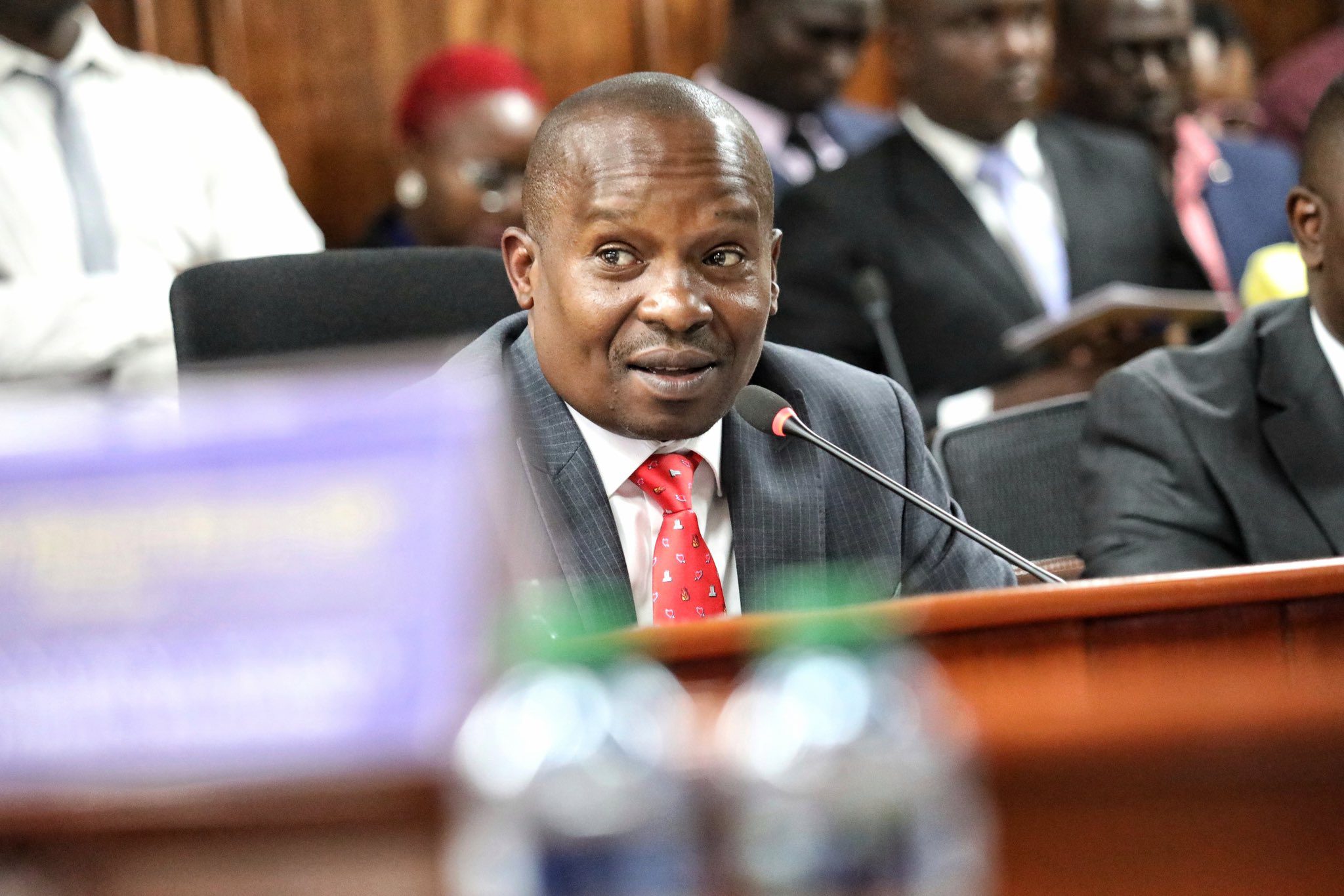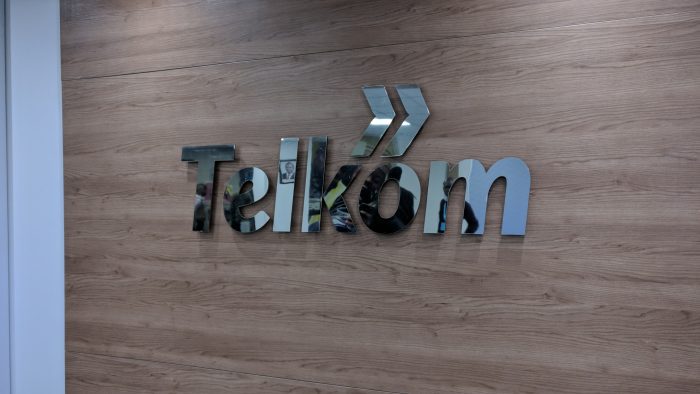
Today’s announcement from Telkom targets Nairobi subscribers, who have all the reasons to smile because the telco has launched 200 new 4G sites to bring the number to 300. The sites will also benefit customers around the county.
In principle, this is good news because Telkom has been notorious for its inconsistencies in areas that are allegedly 4G-supported. A lot users have previously taken their frustration to social media platforms, so it is always a good sign and a welcome idea for Telkom to take such complaints seriously.
Anyway, the sites are expected to enhance the corporation’s LTE coverage from 15 per cent to 55 per cent of the population with signals that are robust enough to provide indoor coverage that has been an issue as well.
Other areas
Telkom is also expanding 4G coverage to other parts of the country as it diversifies its network. At the moment, work in ongoing to cover all 76 urban areas in Kenya to deliver an experience similar to the one in the nation’s capital city.
Quotes
“Over the last one year, since we launched our 4G network, we have recorded a steady rise in its uptake, accounting for 20 per cent of the total data traffic in Nairobi. With these new sites going live, we expect this utilization to double,” said Telkom’s Chief Technology Officer, John Barorot.
“Our long-term goal is to build a holistic network that provides higher speeds, capacity, quality and reliability, as we also seek to further the densification of our network. Even as we roll out our 4G network, we are also revamping our 3G network to ensure that subscribers who are still on this network enjoy a great data experience. A substantial proportion of our total data traffic, about 80 per cent, is on 3G,” Mr Barorot explained.
